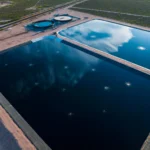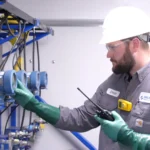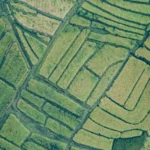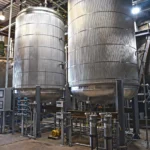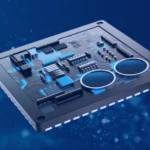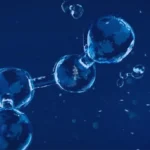In the ever-evolving landscape of produced water logistics, the integration of automation, backed by SCADA (Supervisory Control and Data Acquisition,) has emerged as a pivotal enabler of efficiency. AquaView, our platform for automated operations, orchestrates control logic that spans from individual assets to comprehensive, system-wide oversight.
This article examines the intricate hierarchy of control logic, shedding light on how automation empowers our operations and enhances decision-making.
A Multilayered Approach: Logic Hierarchies in Automation
At the core of AquaView is a meticulously structured hierarchy of control logic, ranging from granular to system-wide. This hierarchy serves as our blueprint for seamless coordination and optimal performance. Let’s look at each layer:
- Asset Control Logic: Each automated asset, whether a pump, flow meter, or chemical dosing machine, boasts its own embedded logic. These assets run autonomously, responding to their environment and adhering to predetermined rules. This foundational level of control forms the bedrock upon which higher tiers of logic are built.
- Process Logic: Complex operations demand the synchronization of multiple assets. The process logic coordinates the actions of individual assets within a larger framework, allowing them to collaborate towards common objectives. This teamwork at the machine level is essential for operational efficiency.
- System-Wide Oversight: Scaling up, we encounter system-wide oversight. It provides a vantage point for monitoring and optimizing operational efficiency across multiple jobs or processes.
- Data Distribution: The digital era thrives on data dissemination. AquaView ensures the distribution of data to relevant stakeholders in real time. This dynamic sharing of data enhances communication and situational awareness.
- Data Visualization: The apex of our control pyramid is data visualization. AquaView transforms raw data into comprehensible visuals, empowering teams to grasp operational intricacies, thus enabling informed decision-making.
Automated Logic in Action
With the theoretical framework established, let’s consider how automation translates into practical implementations. We’ll spotlight a couple of instances that underscore the tangible impact of automation on operations.
- Transfer Operations: Select uses AquaView automation to drive seamless transfer operations, turning complex control logic into actionable insights. From pumps to flow meters, AquaView monitors and controls each asset’s contribution, ensuring a smooth transfer process.
- Treatment & Recycling Facilities: Automation assumes an even more intricate role in managing these operations. Treatment facilities typically run multiple chemical variations in multiple locations. The dosing of each chemical is dependent on flow rate at the exact moment of injection as well as data relaying back from sensors for the entire facility output. AquaView ensures precise dosing of chemicals based on real-time parameters, optimizing efficiency and reducing waste.
Automation enables us to harness machine response speed that outpaces human intervention. We make operations safer with exact dosing and vigilant monitoring to mitigate risk. Sustainability thrives in automated operations where waste is minimized, and resource management is enhanced.
A Future Guided by Efficiency and Sustainability
The integration of automation into produced water logistics is not just an evolution—it’s a revolution. It symbolizes the fusion of technology and industry expertise, enabling us to navigate water management complexities with precision. The hierarchy of control logic empowers operational excellence, prioritizes safety, and ushers in a more sustainable future for our industry.
